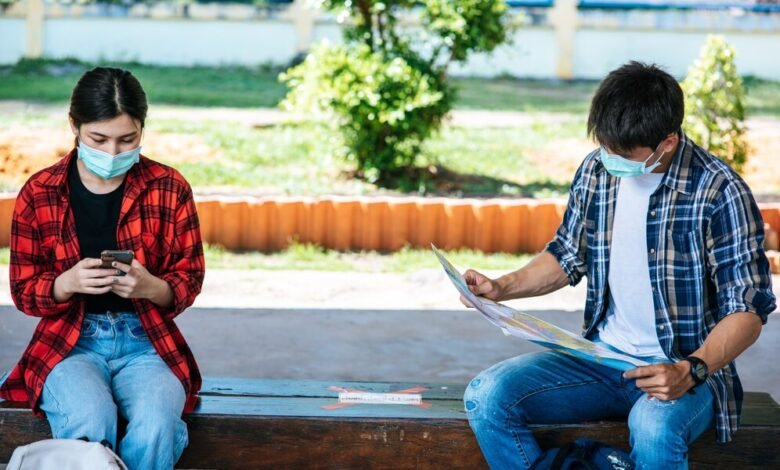College Reopen in Telangana – Latest Guidelines and What Students Need to Know

The reopening of colleges in Telangana marks a significant step towards resuming normal academic activities after prolonged disruptions caused by the COVID-19 pandemic. With the state government and educational institutions implementing phased reopening plans, students and faculty are preparing to return to campuses with revised safety protocols and hybrid learning models. The decision to resume offline classes comes after careful consideration of vaccination rates, infection trends, and the need to minimize further academic losses. However, the transition back to physical classrooms requires strict adherence to health guidelines while addressing challenges such as learning gaps, mental well-being, and infrastructure readiness. This article explores the latest updates on college reopenings in Telangana, government directives, safety measures, and how students can adapt to the changing academic environment.
Headings and Their Explanations
Official Announcement and Reopening Schedule
The Telangana government, in coordination with the Department of Higher Education, has announced a staggered reopening plan for colleges across the state. Degree, engineering, and professional colleges resumed offline classes in phases, prioritizing final-year students initially, followed by junior batches. The academic calendar has been revised to accommodate backlogged practical sessions, exams, and semester schedules. Universities like Osmania, Kakatiya, and JNTU-Hyderabad have issued circulars detailing attendance policies, exam dates, and precautionary measures. Students are advised to check their respective college websites for institution-specific updates, as some autonomous colleges may follow slightly different timelines.
COVID-19 Safety Protocols for Colleges
To ensure a safe return, the state has mandated strict Standard Operating Procedures (SOPs) for all colleges. These include compulsory vaccination for eligible students and staff, thermal screening at entry points, and mask mandates in classrooms and common areas. Classrooms operate at 50–70% capacity to maintain social distancing, with hybrid learning options continuing for high-risk students. Colleges must regularly sanitize labs, libraries, and hostels, while isolation rooms are set up for symptomatic individuals. Random testing may be conducted in collaboration with local health authorities, and students exhibiting flu-like symptoms are required to self-report to prevent outbreaks.
Academic Recovery and Curriculum Adjustments
The prolonged shift to online learning has created learning gaps, especially in practical-heavy courses like engineering, medicine, and sciences. To address this, colleges are adopting bridge courses, extended lab hours, and remedial classes to help students catch up. Universities have revised syllabi to prioritize core competencies, deferring non-essential topics. Examinations will follow a blended format, with offline theory papers and online submissions for certain assignments. Faculty training programs are also underway to improve digital teaching methods, ensuring a seamless transition between offline and online modes if needed.
Challenges Faced by Students and Institutions
Despite preparations, several challenges persist. Many students from rural areas face digital divide issues, lacking devices or stable internet for hybrid learning. Hostels and transport services operating at reduced capacity add logistical hurdles. Mental health concerns, including anxiety over academic pressure and re-socialization, are being addressed through counseling cells. Colleges are also grappling with financial constraints, as fee arrears and reduced enrollments strain resources. The government has introduced fee installment plans and scholarships to ease the burden on economically weaker students.
5. Steps Students Should Take for a Smooth Transition
To adapt effectively, students must stay updated on their college’s reopening notices via official channels. Carrying vaccination certificates, masks, and personal sanitizers is essential. Those with backlogs should utilize academic support initiatives like peer tutoring or faculty consultations. Engaging in campus activities gradually can help rebuild social connections, while time management strategies can balance academic catch-up and extracurriculars. Students should also familiarize themselves with mental health resources, such as helplines or on-campus counselors, to address post-pandemic stress.
Conclusion
The reopening of colleges in Telangana signifies a hopeful return to normalcy, but it demands collective responsibility from institutions, students, and authorities to ensure a safe and productive academic revival. While challenges like learning loss and infrastructure limitations remain, proactive measures—from bridge courses to mental health support—can ease the transition. Students are encouraged to adhere to safety norms, leverage available resources, and approach this phase with flexibility. As campuses buzz with activity again, the focus must remain on inclusive recovery, ensuring no student is left behind in this critical academic resurgence.

